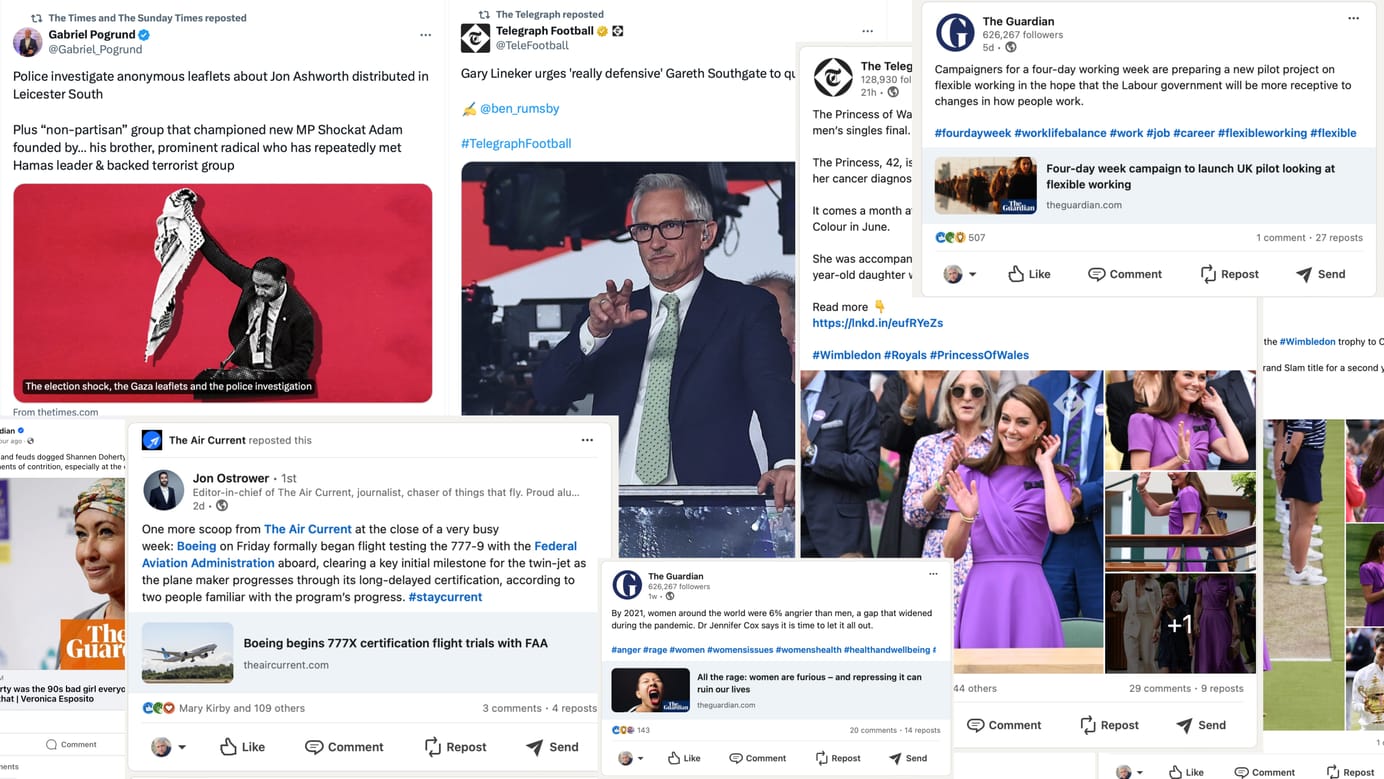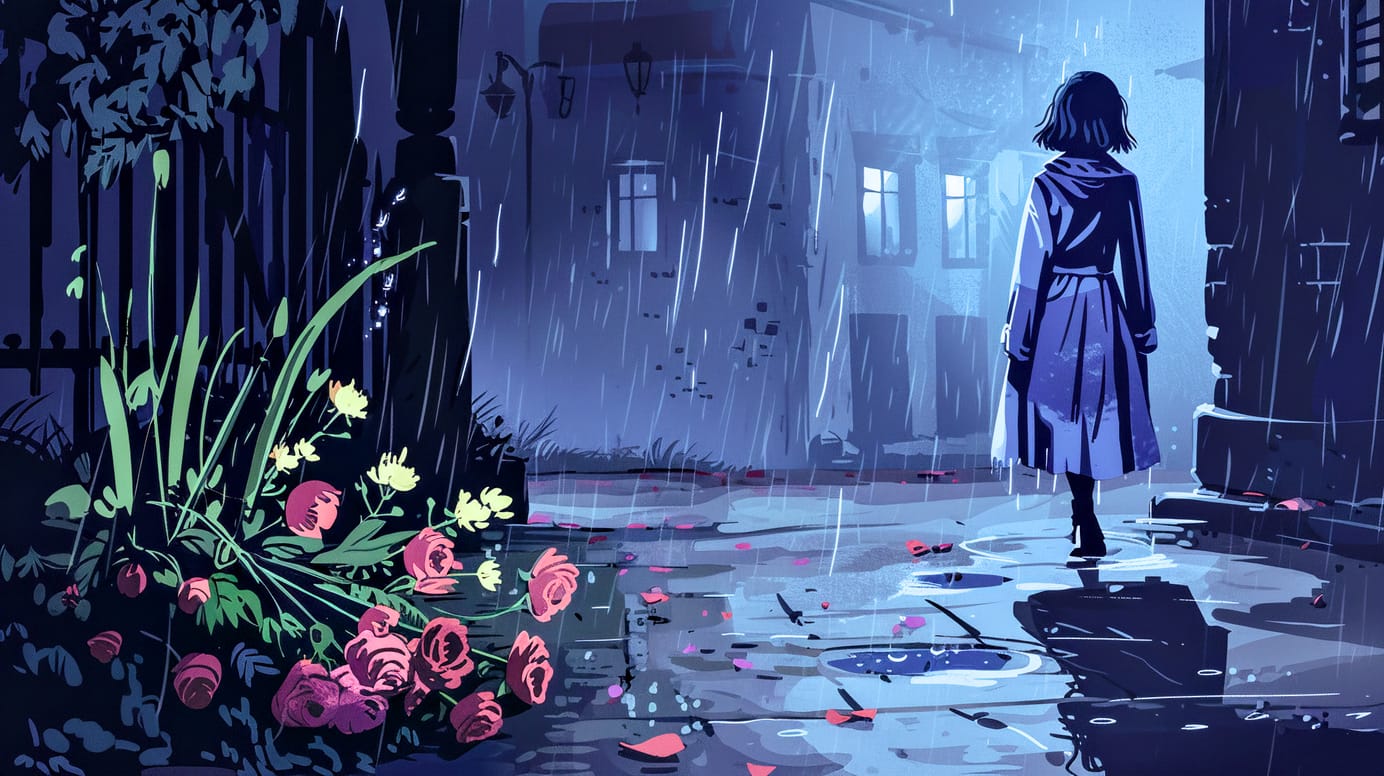
Some follow up on the Google News Lab University Network
Two bits of feedback to yesterday’s piece on the Google News Lab University Network.
The Frenemy Dance
Remember when Google was the enemy in many publishers’ eyes? It appears it and Facebook have swapped…
— Adam Tinworth (@adders) December 6, 2016
It’s interesting isn’t it? Only a few years ago, Google was the enemy because it atomises our content (people find articles through search, not index pages) and provides an alternative front page via Google News – thus, indirectly, making money of four content. And now, all of a sudden Google is an ally, and Facebook is the enemy because FAKE NEWS.
Of course, it’s more complicated than that. Google has its own fake news problems, and Facebook is now our dominant traffic source. But the journalism world’s odd whiplash between perceiving tech platforms as friend or enemy – and then back – betrays nothing less than the insecurity we feel about our place in this new world.
It’s almost like we want a junior partner to guide guys into the digital reality, while failing to realise that we are very much the junior partners in this relationship.
Get your digital production right
@adamtinworth Jakob Nielsen's first law of web writing: use a bloody bullet list pic.twitter.com/SThNK9rvJQ
— Robert Andrews (@RobertAndrews) December 6, 2016
It’s a fair point. If you’re going to make point about how you’re supporting journalists in digital, failing to show decent digital production standards isn’t a great start. And Medium, where the post is hosted, makes it really easy to do.
Here’s the Europe list, as it appears in the article:
In Europe: Hamburg Media School (strategic partner for DACH region); Deutscher Journalisten Verband (DJV); Studiengang Journalistik, Katholische Universität Eichstätt-Ingolstadt; Technische Universität Dortmund (Prof. Dr. Lobigs); Fjum_forum Journalismus und Medien Wien; Deutsche Journalistenschule (DJS); EPFL Extension School; Le Centre de formation des journalistes (CFJ); City, University of London; Cardiff University; Dublin City University, Future Media and Journalism (FuJo); Master in Journalism — University of Turin, centre de formation des journalistes
And here it is properly formatted:
In Europe:
- Hamburg Media School (strategic partner for DACH region);
- Deutscher Journalisten Verband (DJV);
- Studiengang Journalistik, Katholische Universität Eichstätt-Ingolstadt;
- Technische Universität Dortmund (Prof. Dr. Lobigs);
- Fjum_forum Journalismus und Medien Wien;
- Deutsche Journalistenschule (DJS);
- EPFL Extension School;
- Le Centre de formation des journalistes (CFJ);
- City, University of London;
- Cardiff University;
- Dublin City University,
- Future Media and Journalism (FuJo);
- Master in Journalism — University of Turin, centre de formation des journalistes
That was less than a minute’s work (editing using Markdown in WordPress).
Attention to detail on production isn’t just pedantry, it’s paying a fundamental respect to the idea of making the copy more usable for the reader. And it’s certainly a LOT easier to browse that list in the second format.
Sign up for e-mail updates
Join the newsletter to receive the latest posts in your inbox.










